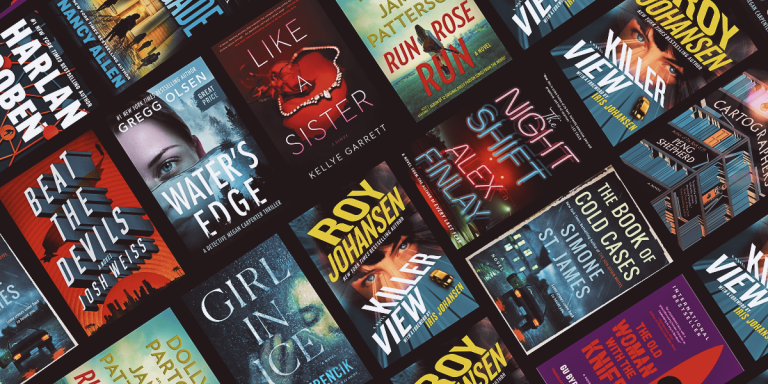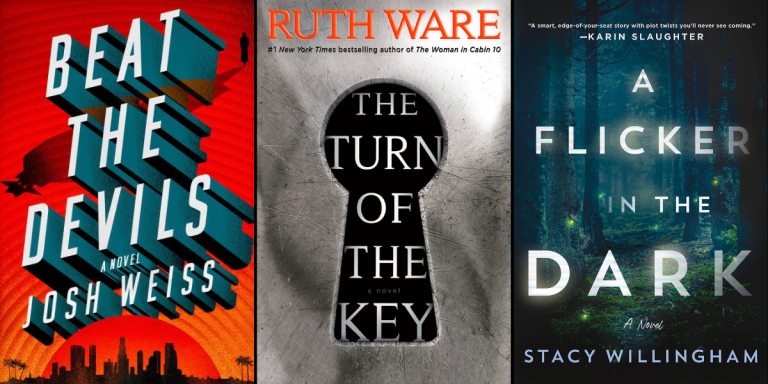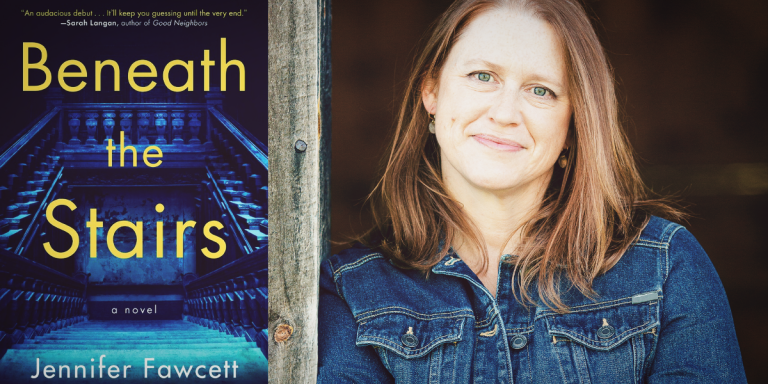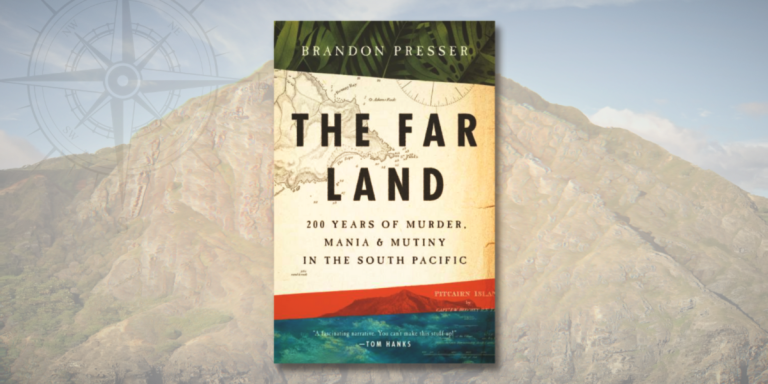One Story, Many Voices: Writing Multiple POVs With Michael Landweber
 Before starting a novel, every writer must first decide on what point of view they are writing from. So many other choices, ranging from character motivation to plot points, can be discovered during the writing itself. But in order to write the first word on the first page, you must know not only whose story is being told, but more importantly who is telling the story. After all, you’ve got a much different book depending on if it is from the perspective of the murderer, the detective or the dog.
Before starting a novel, every writer must first decide on what point of view they are writing from. So many other choices, ranging from character motivation to plot points, can be discovered during the writing itself. But in order to write the first word on the first page, you must know not only whose story is being told, but more importantly who is telling the story. After all, you’ve got a much different book depending on if it is from the perspective of the murderer, the detective or the dog.
But what about stories that can’t (or won’t) be told by a single POV. How do you decide that you need multiple narrators? And what are the challenges of telling one story with many threads and voices? I faced those questions while writing my new novel, The Damage Done, which is about a global phenomenon, the end of all violence, from the perspective of seven main POVs.
First of all, let’s talk about the benefits of sticking with one POV. You develop one voice, honing it to perfection for a few hundred pages. While I wouldn’t say that it is simpler—nothing about writing a novel is simple—it does simplify the choices available. With one POV, you only know what that character knows. In some genres, this is a huge advantage. For example, in a mystery, when there is only one POV pursuing the truth, the reader naturally joins that character in lockstep on the journey. Romance can be the same way – we become deeply invested in a single hero or heroine’s pursuit of love.
But novels can also benefit from getting the story from a wider range of perspectives. In a game of cat and mouse, sometimes you want to hear from the cat and the mouse. It is hard to imagine that Gone Girl would have been improved as told only by Nick without ever hearing Amy’s voice. And when you have a bigger canvas in your novel, the case for multiple POVs grows even stronger. In a global espionage thriller, for example, it makes a lot of sense to view the story from many perspectives, maybe the domestic analyst, the spy in the field and the submarine captain among others.
In some cases, it is the premise of the novel that demands multiple POVs, often a wide and diverse range of them. Consider World War Z, which is an oral history of the zombie wars and tells its story from multiple POVs of people who lived through it. In The Damage Done, I had a similar world-spanning premise, though my novel is not infested with zombies. Instead, one day, without explanation, it is no longer possible for people to commit any act of violence in the broadest sense of the term.
When I started the novel, I knew that I could not just write from one character’s perspective. I needed to tell the story from many different POVs, all of whom were characters who experienced violence in their daily lives—a bullied middle schooler, an abused wife, a high schooler whose brother was murdered, a professor with a violent past, a teenage refugee, a white supremacist and a dissident writer living in a dictatorship. They each play an important role in painting the bigger picture of a radically changed world.
Writing a novel with multiple POVs is challenging. The key is to allow each perspective to expand the story’s horizons without easing the tension. Each individual POV must have a distinct voice and a compelling story of their own. If a POV character exists solely to provide information that is unavailable to another main character, then those chapters will feel disconnected to the reader. These characters need to feel like real people, not merely plot devices. At the same time, there should be connections between the POVs. In my novel, the multiple POVs seem to be largely in their own worlds, but their connections to each other become clearer as the novel progresses. While each of their stories is contained, it was also very important that I provided hints throughout about how their lives will come together. That gradual unveiling of how a seemingly disparate group of characters are actually telling the same story can be one of the most satisfying aspects of using multiple POVs. It certainly was for me in writing The Damage Done.
Order the Book
Imagine a world devoid of violence—a world where fists can’t hit, guns don’t kill, and bombs can’t destroy. In this tantalizing novel of possibility, this has—suddenly and inexplicably—become our new reality.
The U.S. president must find a new way to wage war. The Pope ponders whether the Commandment “Thou Shalt Not Kill” is still relevant. A dictator takes his own life after realizing that the violence he used to control his people is no longer an option.
In the first days after the change, seven people who have experienced violence struggle to adapt to this radical new paradigm: Dab, a bullied middle schooler; Marcus, a high school student whose brother is the last victim of gun violence in America; Ann, a social worker stuck in an abusive marriage; Richard, a professor whose past makes him expect the worst inthe present; Gabriela, who is making a dangerous border crossing into the U.S.; the Empty Shell, a dissident writer waiting to be tortured in a notorious prison; and Julian, a white supremacist plotting a horrific massacre. As their fates intertwine, the promise and perils of this new world begin to take shape.
Although violence is no longer possible, that doesn’t mean that some among us won’t keep trying. Mindless cruelty is still alive and well—and those bent on destruction will seek the most devious means to achieve it.
By clicking 'Sign Up,' I acknowledge that I have read and agree to Hachette Book Group’s Privacy Policy and Terms of Use





